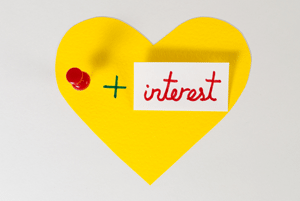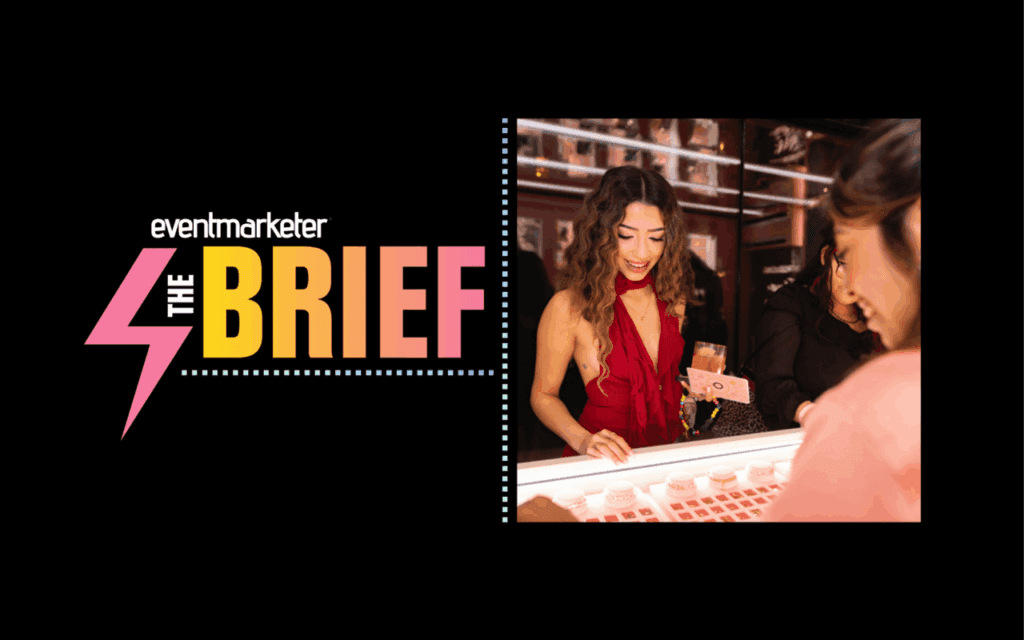There is so much focus on the last click as a measure of success, however more importance needs to be placed on the customer’s first interaction with the brand to fuel business growth.

“Every touchpoint is important, but most marketers rely too heavily on that last signal before the purchase, a point at which their decision to buy has likely already been made. But with Pinterest, marketers get in front of the consumer early and can truly influence their purchase decision, fueling business growth. Unlike many other upper-funnel marketing platform partners, Neustar MarketShare found that buyers who engaged with Pinterest as part of their early planning process had a shopping cart that was 40 percent larger than other digital platforms. Pinterest ads delivered a remarkable 28:1 return on ad spend (ROAS) and drove 30 percent more incremental sales per impression than the next best channel,” says Amy Vener, retail vertical strategy lead at Pinterest.
There is a unique process that happens on Pinterest. Consumers are using the platform when they are actively considering what to do or buy next. Since Pinterest is a visual discovery engine, Shoppers start with this open mindset, looking to discover useful and relevant ideas that inspire them. Through this broader approach, shoppers discover new things that speak to them versus Google, where Shoppers tend to start with something more specific in mind. Businesses can connect with people on Pinterest who are making a decision about a new product or service but are still undecided on which brand they want to purchase.
While a lot of businesses have a Pinterest presence, they may not understand the steps to take to get the most out of their Pinterest investment—from the best creative tips to when to post or how to optimize their targeting to achieve their business goals.
Here are 6 ways retailers and brands can optimize their approach to Pinterest across creative, targeting and insights:
- Use text overlays: to help Pinners take action or understand more about that product. Incorporate some copy onto the image to help land your message. You can add headers, subheads, annotations or take a creative approach to how your type interacts with the image.
- Bring lifestyle imagery and trends into the Pins: these make the content more timely and you’ll see more volume and traffic. People use Pinterest to plan their life well in advance of the season, holiday or event they’re planning. Use this to your advantage and start saving Pins that are relevant to upcoming trends, seasons and holidays around 45 days early. Then, continue adding more ideas daily and maintain a steady pace.
- Take advantage of interest targeting: With interest targeting powered by the Taste Graph advertisers there are now over 5000 interests to choose from on Pinterest. Advertisers can now reach groups of Pinners using a more versatile, expanded set of interests based on their precise tastes. For example, an advertiser can now target niches unique to Pinterest like hanging chairs, winter plants and minimalist apartments. In early tests, many advertisers are seeing 50 percent increases in their click through rates, and 20 percent more cost effective clicks.
- Leverage Promoted Content: When Pinterest looked at just people who said they were aware of Pinterest ads, 61 percent said they’ve discovered new brands or products from Promoted Pins, and half of them made a purchase after seeing one (Pinterest Category Usage Study, September 2017). And did you know businesses typically see a 100 percent increase in their web traffic within a week of launching their first Promoted Pins campaign?
- Take advantage of audience insights: Oracle Data Cloud and Pinterest conducted a series of DLX ROI studies showing that people who use Pinterest shop and spend more than the general public. This held true across a mix of categories, including retail, consumer packaged goods and automotive. For example: Pinners are 39 percent more likely to be active retail shoppers—and when they shop, they spend 29 percent more than people who don’t use Pinterest (Oracle Data Cloud DLX ROI, “Pinterest Retail Audience Profile Report,” May 2017).
“Retailers today struggle with creating a personal experience for their customers at every touch point. Email might be personal, but the website or in-store experience is not,” Vener says. “On Pinterest, we are able to understand taste preferences and reach people with the right idea at the right time, even when they don’t have the words to describe what they are looking for. There’s nothing like the power of human curation and machine learning. On Pinterest, there are 200 million people around the world looking for ideas to try and discovering new possibilities that are just right for them – whether that’s appetizer ideas for this weekend or curating light fixtures for a dream kitchen. We’re able to surface the perfect ideas for each Pinner, helping them find fresh ideas to love as they move through the various stages of planning their lives.”
Holly Pavlika is SVP marketing & content at Inmar.

 Network
Network

